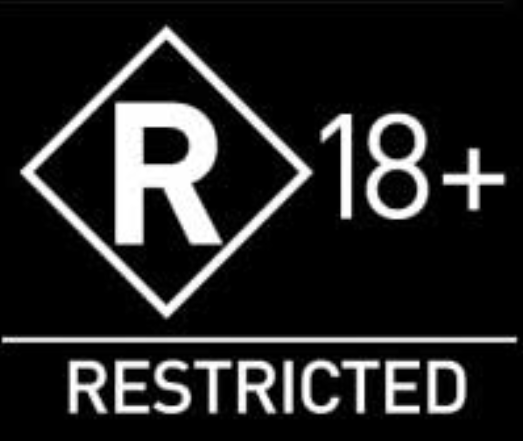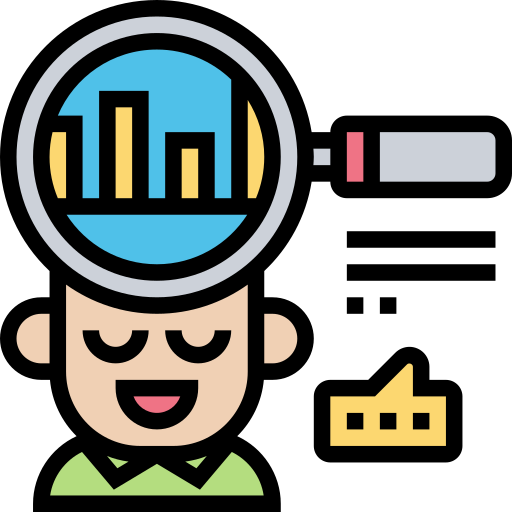- 37 Posts
- 23 Comments

 1·5 hours ago
1·5 hours agoYou said, and I quote, “Honestly, that’s up to you to decide and use in your story as you see fit,” but I’m trying to say he obviously can’t be under 21 since all his friends and love interests are in their 20s, 30s and over.

 12·7 hours ago
12·7 hours agoThanks but he obviously can’t be a teenager if the main character is 15 and their friends are in their 20s, and their love interests are adult women in their 20s or 30s, then the entire “justice” and “hero” theme gets severely crushed.
No one is going to care that the older woman died; if she’s 31 and dating a 15-year-old, most people will think she deserved it, and the whole “protect the innocent” and “punish the guilty” idea collapses when the protagonist is a victim of grooming. Their two closest friends, who are 25, look bad too. They’re supposed to be “best friends,” practically family, but they’re okay with this kid being exploited by adults. That makes them look like accessories.
And while it does happen in real life, it’s still hard to believe that a 15-year-old would date a 30-something and not get caught. None of the adults around them say anything? No one reports it? At least if the protagonist were 18 or 19, they’d be legally an adult, and there wouldn’t be much anyone could do. But at 15, there’s a moral and legal obligation to step in.
Also, if this kid wants to protect women and children, that belief gets contradicted if they’re constantly being groomed with no one protecting them.
If the protagonist is 21 instead, everything clicks into place. They’re an adult, able to consent, and responsible for their choices. That’s why people don’t question similar age-gap relationships in other stories—because both parties are adults. The older partner might raise eyebrows, but it’s not immoral or criminal. It’s simply a relationship between consenting adults.
If the character is written as 15 while every partner is in their 20s, 30s or 40s the audience’s moral sympathy shifts immediately. Instead of seeing them as a driven vigilante fighting for justice, they become a victim of repeated grooming, which completely changes the story’s emotional core. Every relationship turns into an ethical red flag, and every adult around them looks negligent or complicit. Even if the intent is to make trauma part of their origin, it undercuts the “justice” theme because the abuse overshadows their heroism.
From a realism standpoint, it also breaks believability. A 15-year-old involved with multiple adults wouldn’t just slip under the radar—someone would notice, report it, or intervene. So unless the story is explicitly about systemic corruption or institutional failure, it just doesn’t hold up.

 2·9 hours ago
2·9 hours agoNo hes not lol But to answer your question, my main character is 21 at the start of the story when they become a superhero, but the real exciting stories come in “Year Two” when my character is 23 years old.
I made them 21 because his love interest is 10 years older than them, and the story is supposed to be about love and grief and an innocent man or woman dying, which motivated them to be a superhero. If my character is 15 dating a 31-year-old, the entire theme of justice and love gets completely undercut because they are a child predator. As weird as the age gap might be, my character is an adult when they meet.
Slightly younger

 19·1 day ago
19·1 day agoMe thinking older men should not date young women who are in their early to mid 20s is “incel”?
Sounds like you are trying to justify pedophila and predatory abusive behavior.

 19·1 day ago
19·1 day agoIf you are 26+, it’s fine to date who you want. I’m talking about women who are 21, 22, 23 and 24 years old. Should they be allowed to date much older men who are in their 40s or 50s?
Do you think these older men deserve to die?

 15·1 day ago
15·1 day agoIf you are 26+, it’s fine to date who you want. I’m talking about women who are 21, 22, 23 and 24 years old. Should they be allowed to date much older men who are in their 40s or 50s?
Do you think these older men deserve to die?

 114·1 day ago
114·1 day agoStatistically, when one person is much older, it results in a toxic one-sided relationship
If this chance is high then why should it be allowed?

 11·2 days ago
11·2 days agoBeing in the mid 20s and not having banged someone can also be a sign of poor attitudes towards the opposite sex. Like incels and femcels.
What if someone was homeschooled for all of their childhood, and they didn’t have the opportunity to date or have sex? What if a kid grew up in a super religious household, and their parents shamed them relentlessly for even thinking about having sex?

 218·3 days ago
218·3 days agoLike I said, most people love their virginity before that age. If you are a 25-year-old man who’s a virgin, no woman who’s 25, 26, 27, 28, 29, 30 or 31 years old will want to date you because they don’t want to date a virgin, and that goes for most adult men and women who have sexual experience.

 137·3 days ago
137·3 days agoIt’s okay to be virgin at 25 dude
No, it isn’t. Like I said, most people love their virginity before that age. If you are a 25-year-old man who’s a virgin, no woman who’s 25, 26, 27, 28, 29, 30 or 31 years old will want to date you because they don’t want to date a virgin, and that goes for most adult men and women who have sexual experience.

 31·3 days ago
31·3 days agoI asked my friend and she honestly guessed my character was 15 😭

 71·3 days ago
71·3 days agoBack in the 90’s anime had men and women doing awesome shit. There was sex and violence. There were characters I could relate to.
Can you suggest some 90s anime with sex and violence?

 11·4 days ago
11·4 days agoSo you think the age of consent should be 21? And 21-23 year olds should be able to cosent to sex and relationships with much older partners?

 13·4 days ago
13·4 days agoI didn’t say kids didn’t do these things. I said Hollywood shouldn’t romanticise it or glorify it.
Do you think it’s okay for minors to do drugs, drink and have sex with adults? Do you think? Parents are “villains” for justifiably saying “your a minor this isn’t ok”?

 21·4 days ago
21·4 days agoIf you didn’t do these things in high school, that’s a skill issue
I didn’t say kids didn’t do these things. I said Hollywood shouldn’t romanticise it or glorify it.
Do you think it’s okay for minors to do drugs, drink and have sex with adults? Do you think? Parents are “villains” for justifribaly saying “your a minor this isn’t ok”?

 11·4 days ago
11·4 days ago“young adults or adults” seems to imply young adults are not adults, which they are
I know I’m saying younger adults or maybe slightly older adults, like the youngest being 21 and the oldest being 25 or something. If you want the characters to be in close proximity with each other and still have this school dynamic, then college is perfect; there are people in their late 20s or early 30s getting their PhDs in these teen dramas. The writers never actually show the awkwardness of high school; they only want to show them talking, acting and doing adult things but never really show the consequences or have teens realise maybe they are too young for this. If you want a show where the characters look, act, and do things 21-year-olds do with little to no consequences and no adults even asking the slightest of questions, then just make them 21 and in college.

 64·4 days ago
64·4 days agoKids in my school were absolutely clubbing drinking, hooking up, doing drugs, getting pregnant etc. at 15 or 16.
I never said that they didn’t, but TV will glamorize it and make it look “cool” and “edgy” and romanticize it when it’s really not. There are teens who dated their high school teachers and got married, but just because this happens doesn’t mean we should romanticize this relationship on the screen.

 210·5 days ago
210·5 days agoHow about just be decent for the fuck of it? Why should we need reasons to be good people?
There is a difference between being a good person and going out of your way to get revenge for someone.





21 at the start of the story
2 years after their origin story their 23